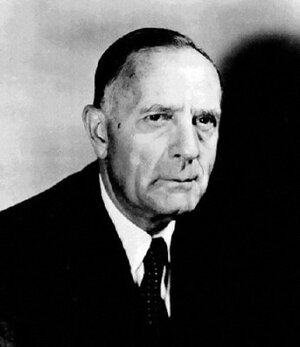24 November
1639: On 24 November 1639, Jeremiah Horrocks, an English astronomer and clergyman, measured a transit of Venus, the first ever to be observed.
Applying Kepler's prediction that in 1631, Venus would transit the Sun, Horrocks calculated that these transits occurred not singly but in pairs eight years apart. Thus, Horrocks prepared his equipment for the next transit he had thus predicted for this day.
His simple telescope was mounted on a wooden beam, so he could project a solar image onto a piece of paper marked with a six inch graduated circle. From this, he made measurements and calculated that the value for the solar parallax was smaller than previously recorded, and so concluded that the Sun was further away from Earth than previously thought.















 Germany
Germany
 Austria
Austria
 Belgium
Belgium
 Denmark
Denmark
 Spain
Spain
 Estonia
Estonia
 Finland
Finland
 France
France
 Greece
Greece
 Hungary
Hungary
 Ireland
Ireland
 Italy
Italy
 Luxembourg
Luxembourg
 Norway
Norway
 The Netherlands
The Netherlands
 Poland
Poland
 Portugal
Portugal
 Czechia
Czechia
 Romania
Romania
 United Kingdom
United Kingdom
 Slovenia
Slovenia
 Sweden
Sweden
 Switzerland
Switzerland

































